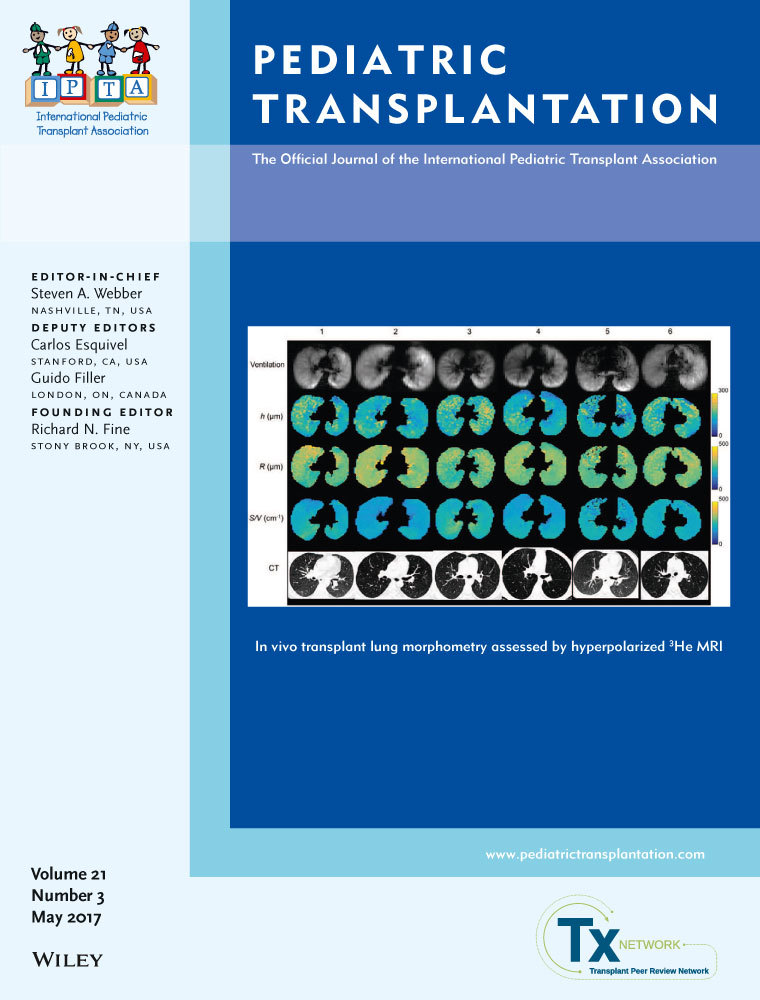Bilateral native nephrectomy reduces systemic oxalate level after combined liver-kidney transplant: A case report
Abstract
Primary hyperoxaluria type 1 (PH1) is a rare liver enzymatic defect that causes overproduction of plasma oxalate. Accumulation of oxalate in the kidney and subsequent renal failure are fatal to PH1 patients often in pediatric age. Combined liver and kidney transplantation is the therapy of choice for end-stage renal disease due to PH1. Levels of plasma oxalate remain elevated for several months after liver transplantation, as the residual body oxalate is slowly excreted. Patients with persistent hyperoxaluria after transplant often require hemodialysis, and accumulation of residual oxalate in the kidney can induce graft dysfunction. As the native kidneys are the main target of calcium oxalate accumulation, we postulated that removal of native kidneys could drastically decrease total body oxalate levels after transplantation. Here, we report a case of bilateral nephrectomy at the time of combined liver-kidney transplantation in a pediatric PH1 patient. Bilateral nephrectomy induced a rapid decrease in plasma oxalate to normal levels in less than 20 days, compared to the several months reported in the literature. Our results suggest that removal of native kidneys could be an effective strategy to decrease the need for hemodialysis and the risk of renal dysfunction after combined liver-kidney transplantation in patients with PH1.




